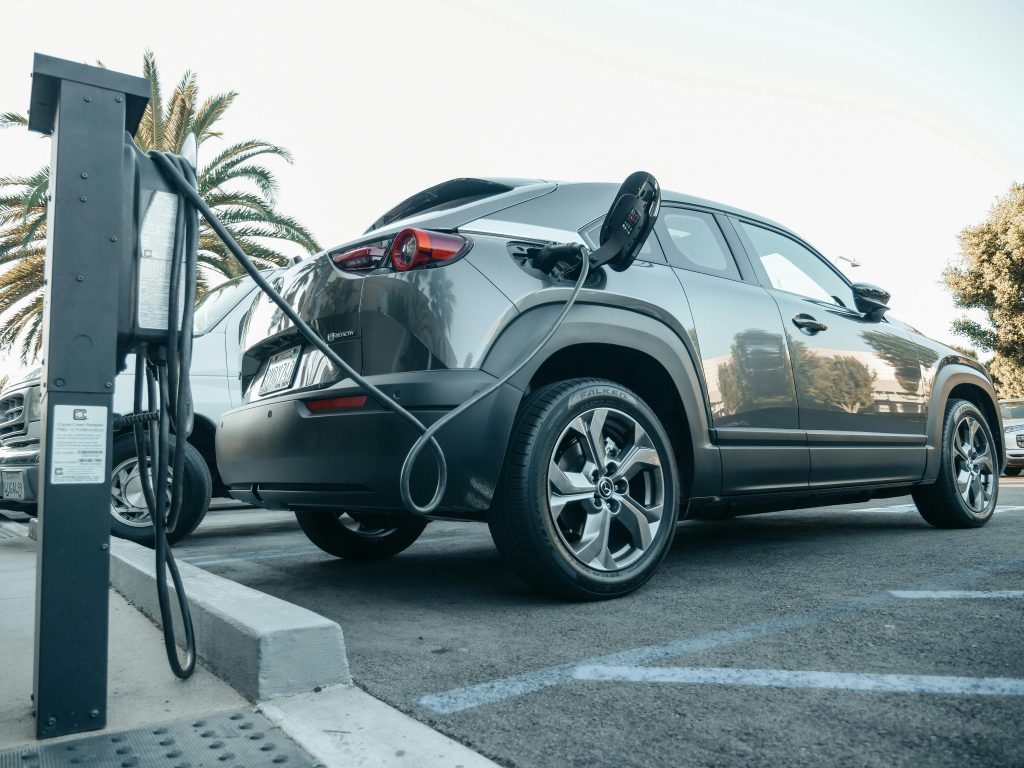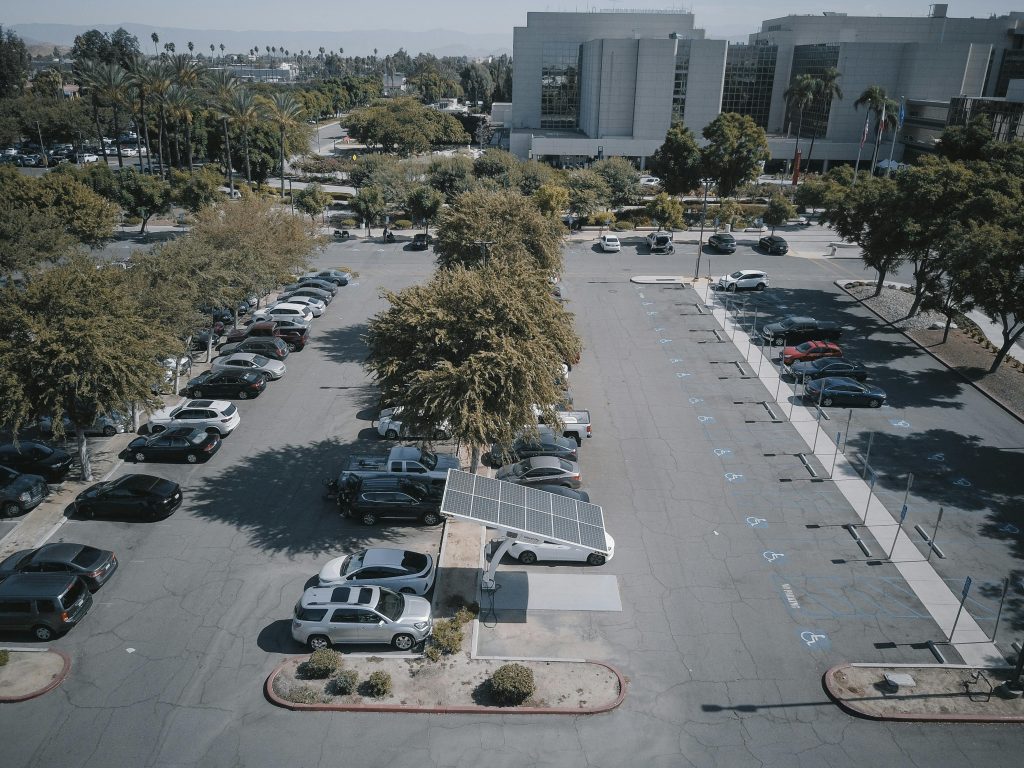Did you know that several of the most polluted cities in the world are located in India? The nation’s reliance on imported oil and its pollution present a severe threat. Electric vehicles (EVs) might be the solution, but is India ready for this revolutionary change in transportation?
This article examines the potential for electric vehicles to change Indian society and the obstacles they must overcome.
How Electric Vehicles in India Rev Up the Economy
Gasoline-powered vehicles use a lot of energy–only 17–21% of their fuel is actually used for motion. But electric cars? They’re built differently and efficiently, with 60% of their energy converted into usable power.

For Indian businesses and everyday drivers, this isn’t just about saving the planet (though that’s important, too!). This also translates to significant operating cost savings. Having more money in your pocket and more affordable delivery is the kind of shift that could make everyone want an EV.
Breaking Down Opportunities
Switching to electric cars will improve the air and revolutionize India’s economy. Here are several ways that the EV boom opens doors:
OEMs Innovate for India
If you think the EV revolution is just about swapping out gas tanks for batteries, think again! For India’s automakers, this is their chance to rewrite the rules. Building EVs that genuinely function for Indian roads, Indian wallets, and Indian inventiveness is more important than simply selling more automobiles.
If the government supports this industry and emphasizes producing parts locally in India, it has the potential to grow into an unstoppable force.
Real Estate Reimagine
Prepare for a real estate refresh! Not only are EVs changing the vehicles we drive, but they are also changing the environment. It’s more than just the roads; we also need power plants at every turn, factories buzzing with electric vehicle technology, and hip cafés and stores opening up next to those charging locations (since who wants to sit around waiting for a charge when they can’t do anything!).
It’s not just about constructing parking lots here; the real estate industry can create an entirely new ecosystem, a network that will power India’s electrified future.
Consumers Win Big
India has a new generation on the move–tech-savvy, aspirational, and open to change. With costs declining, charging stations opening up, and technology becoming incredibly dependable, EVs are becoming more than just a cool concept.
Although cleaner air is still a huge perk, that’s not the main attraction anymore. Imagine avoiding costly trips to the gas pump and speeding through traffic without feeling guilty about causing pollution.
This is the kind of improvement that draws attention. These EVs are going to be the smart choice, not just the environment-friendly one, all thanks to government support and clever people developing charging solutions.
Can India Afford the Switch to Electric Vehicles?
Just picture this: less money going to foreign countries for oil, cleaner air in cities, and a booming new sector driving India’s economy. The revolution in electric vehicles has this promise, but getting there won’t be easy. Let’s examine the actual expenses:
The Sticker Shock
If you compare EVs to their gas-guzzling counterparts, they generally have higher upfront costs. Batteries are expensive, and India’s EV production is only being established. But this is where well-thought-out government incentives may tip the scales and make EVs a viable alternative for regular folks.
Charging Up a Nation
Isn’t it nice to locate a charging station with the same ease as getting a cup of tea at the corner store? A charging station network in India isn’t just a fancy upgrade; it’s a necessity for the EV revolution. This is a mega-project, and even the government needs backup on this one. It’ll take a whole team effort, with private companies plugging in alongside the government, to really get this thing powered up.

An Industrial Evolution
Like a Bollywood hero, the Indian auto sector is big, bold, and always up for a good chase scene. But electric vehicles? That’s a whole new genre. They are the sleek and tech-savvy sidekick who must be trained before participating in the action.
Retooling those massive factories and ensuring that laborers are ready for the electric age are required– and yes, it’ll cost a pretty penny. But think of it like a Bollywood blockbuster budget: with the right investment and a smart script (ahem, government policies!), the returns could be epic.
Uncle Taxman Alert
Here’s the elephant in the garage: Uncle Taxman will lose some cash when we get rid of those gas tanks. After all, the fuel taxes didn’t disappear into thin air. Will the cost of EV registration increase? Will there be a special “electricity for cars tax?”
This can get tricky. Similar to a high-stakes dance, the government must provide funding for the bright future of EVs without making it too pricey to go electric in the first place.
The Time for EVs is Now
Consider switching (or purchasing) to EVs as an investment in India’s brighter future. Yes, there will be obstacles in the form of expenses, charging stations, and the whole shebang. However, India can make this electric dream both affordable and fantastic with a splash of innovation, smart government policies, and businesses like Voltran powering the infrastructure.
Think of it as a long-term investment with substantial returns–less reliance on foreign oil, cleaner air, and possibly even some awesome-looking electric vehicles speeding down those Voltran-powered highways!
